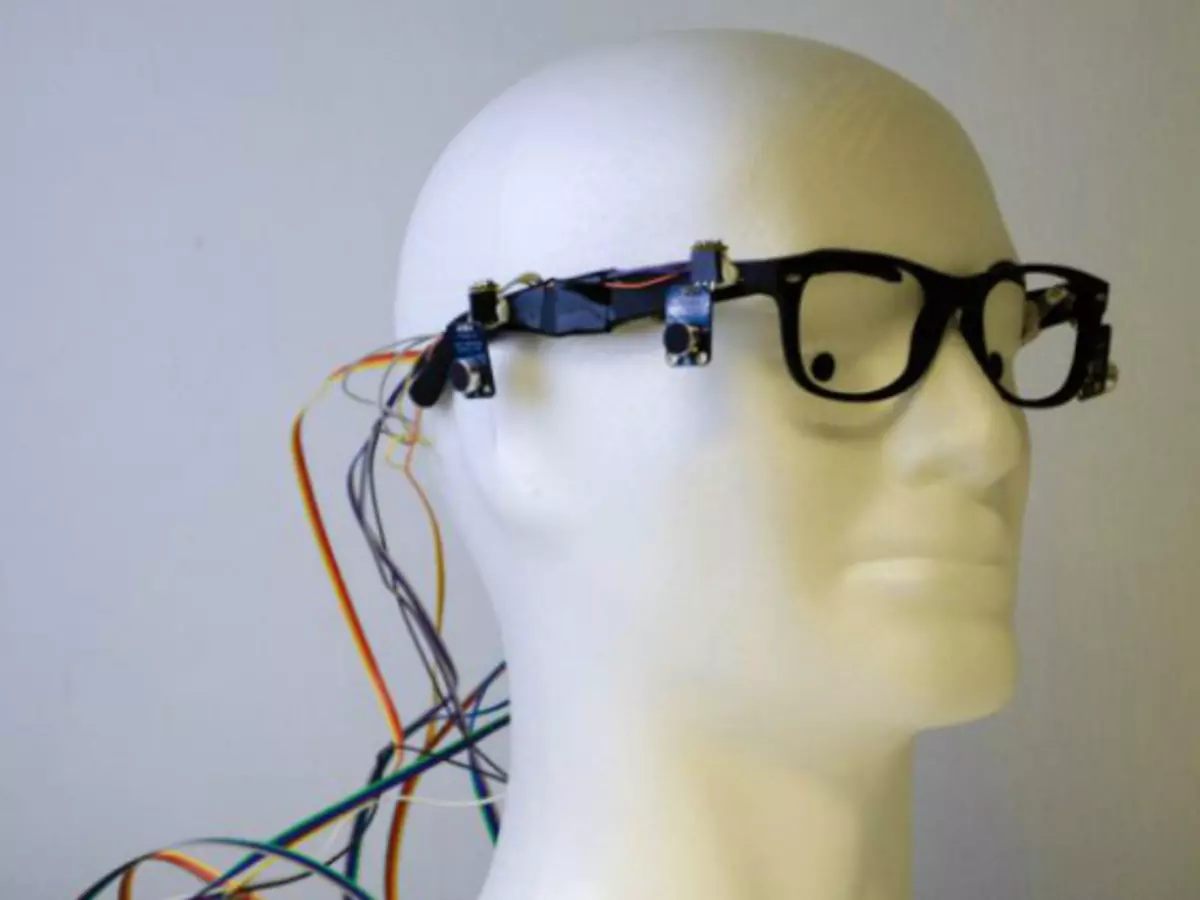A New Device Will Allow Deaf People To 'See' Sound Around Them & Better Handle Their Disability
Peri is a combination of lights and microphones snapped onto existing glasses, that turns audio cues into visual ones for the wearer.

For people hard of hearing, dealing with people in general on a daily basis can be trying. Honestly, between sign language, emails and texts, and learning to lip read, communicating is actually not so bad. The problem is getting around with a complete lack of audio cues. Think of how much harder it would be to stay safe while crossing a busy road, if you can¡¯t hear the car zooming towards you outside your field of vision.

That¡¯s why a group of students from the Singapore University of Technology and Design (SUTD) have designed a device that can take these audio cues, and turn them into visual stimuli that deaf people can register. Basically, they built a pair of glasses that can help those hard of hearing ¡®see¡¯ sounds around them.
Called Peri, the device takes inspiration from the design of first-person shooters. In games like Call of Duty, Overwatch, and pretty much every other, a red highlight on the edges of your screen doesn¡¯t just tell you you¡¯re taking damage. In fact, what part of your screen is tinged red also tells you which direction your attacker is firing from.
Peri is actually a set of lights that can be clipped onto existing glasses, which also includes four microphones to be snapped onto the corners of the glasses. After being calibrated to tune out ambient noise, microphones pick up the direction a sound is coming from (like a person calling out to you) and flashes the corresponding light around the edges of your glasses to let you know you need to look.
The device is still in a rough prototype phase, after four months of development trying to make the device both smaller and cheaper. Yet, it¡¯s managed to snag the James Dyson Award at the national level for Singapore, for its engineering design. The team is currently working on making Peri even smaller and more unobtrusive, with the aim being to eventually also improve the design to better pick out sounds in a noisy environment.
It¡¯s a slightly different aspect than other aid devices for the hearing impaired, which usually tend to focus on improving things for the hard of hearing. So it¡¯s nice there¡¯s a device now able to benefit those with permanent hearing loss, improving their quality of life on a day to day basis.








